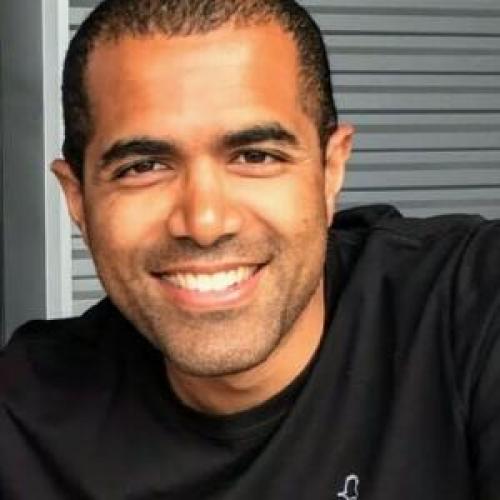
Speaker:
Philip Kurian (Howard University)
Location:
Address:
Mitchell Physics Building
College Station, Texas 77843-4242
Dr. Philip Kurian is a theoretical physicist and serves as principal investigator and founding director of the Quantum Biology Laboratory (https://quantumbiolab.com) at Howard University. Having begun his career as a math teacher in North Philadelphia, Dr. Kurian is now the recipient of fellowships, grants, and awards from the Alfred P. Sloan Foundation, US-Italy Fulbright Commission, Guy Foundation (UK), Whole Genome Science Foundation, DARPA, NSF, and NIH. His laboratory studies collective and cooperative quantum optical behaviors in the organization and synchronization of biological processes at the mesoscopic, organismal, and clinical scales, including in neurodegeneration, cancer, consciousness, and viral detection. In 2021 Dr. Kurian was appointed as a lead expert and co-organizer for the National Academies of Sciences, Engineering, and Medicine workshop on quantum-enabled sensing and imaging for biology. In 2022 he became a Simons Scholar and Senior Fellow at the UCLA Institute for Pure and Applied Mathematics, and in 2023 he was selected as a UCSB Kavli Institute for Theoretical Physics Fellow. Dr. Kurian also serves as a scientific advisor to the “Science for Seminaries” program of the AAAS Dialogue on Science, Ethics, and Religion, which promotes advancement of meaningful conversations and curricula among theologians, scientists, and clergy.
Copyright © 2024. All rights reserved, Texas A&M University Trademark | Texas A&M University, College Station, Texas 77843